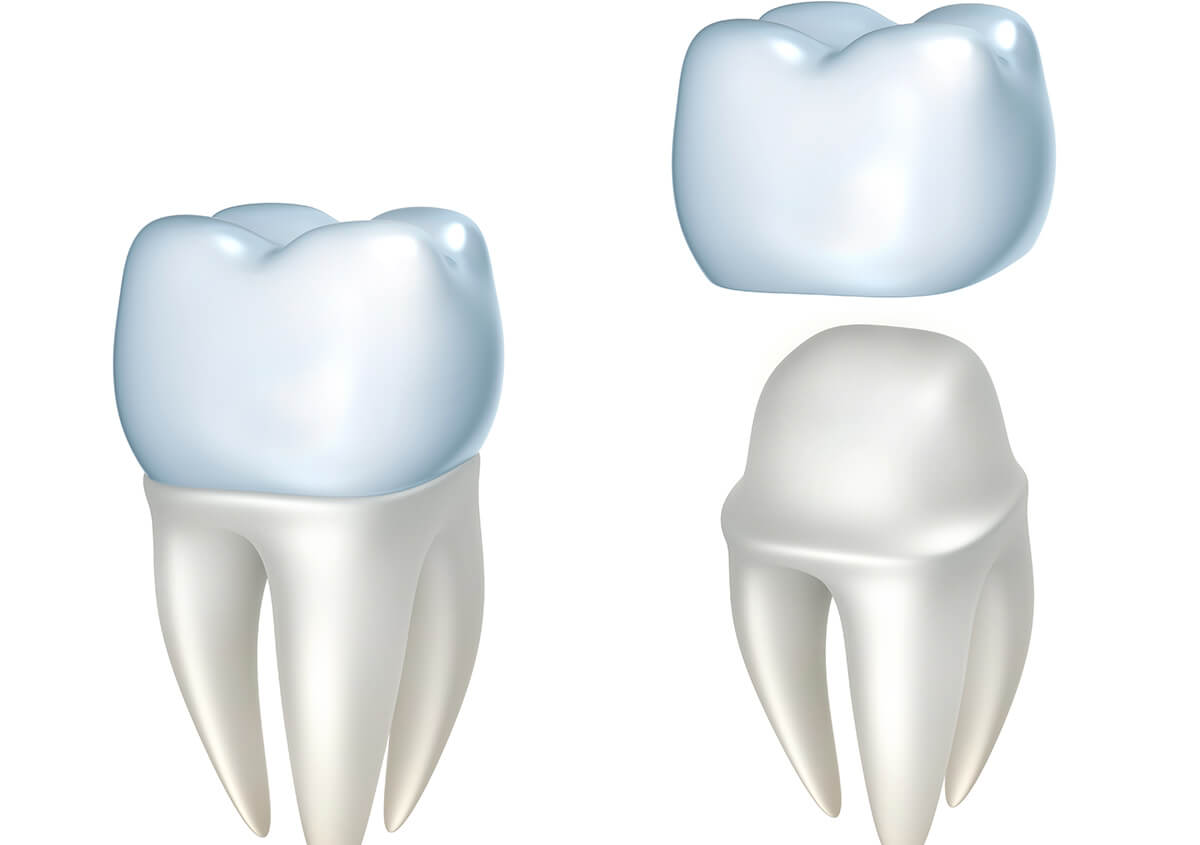A guide to dental crowns, Rebuild and preserve damaged teeth or to replace teeth as part of a dental bridge
You would be hard-pressed to find a more versatile dental procedure than the humble dental crown (or “cap”). Crowns can be applied to preserve natural tooth structure and to replace teeth that cannot be preserved through other means, such as endodontic procedures like root canal therapy.
So, the crowns that are skillfully yet comfortably prepared, designed, and placed at Douglas Hoppe, DDS, Eaton Rapids, Michigan, may “stand alone” or function as an essential part of a dental bridge.
Putting a crown on it
The crown is part of the tooth that is white and visible when you smile. Crowns may, however, be damaged due to progressive decay or injury. Damaged crowns can be replaced by talented dentists like Dr. Hoppe. The crown is fashioned from a wide range of dental materials, including metals such as gold and ceramics like zirconia. We are happy to discuss the advantages and disadvantages of these materials.
Recommendations are generally based on factors like:
- The location of the tooth to be crowned
- The function of the tooth
- Budget and other personal preferences
All crown processes involve removing the damaged tissue and reshaping the tooth. Information collected about the tooth is used to make the crown. A temporary crown is placed on top of the tooth to protect the treatment site while the permanent one is being made. After our lab has made the crown, the temporary is removed, and the permanent is cemented or secured to the tooth. Typically, it takes two appointments to prepare, design, and place your new tooth structure!
Bridging the gaps
Crowns may also be made as part of a unit or dental bridge. For individuals who are missing one or some of their teeth, Dr. Hoppe may recommend replacing them with a bridge. The bridge includes at least one replacement tooth (or “pontic”) and two dental crowns. The crowns and pontic are fused to form the bridge. The bridge is then secured to the neighboring abutment teeth. These “abutments” function as anchors to hold up and stabilize the pontic or replacement tooth. As with all crowns, the abutments must be slightly reduced in size. So the crowns fit on top of the teeth properly.
Call (517) 667-7066 to learn more about your options and schedule an appointment with Dr. Hoppe to discuss crowns and conventional bridges today.
Dental Bridges

For Excellence In Dental Care, Schedule An Appointment With Dr. Hoppe Today!
It does not matter if you are seeking preventive dental care in the form of a teeth cleaning and exam or more intensive dental care like a root canal or dental emergency. Douglas Hoppe DDS is here to make sure you get the care you need. Schedule an appointment with us today by calling (517) 667-7066.



